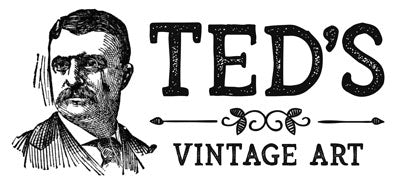Algeria Maps
Algeria is a country located within Northern Africa. The country spans a total area of 2,381,741 square kilometers, or 919,595 square miles, which makes Algeria the largest country in Africa and the world’s 10th largest country. The capital, and largest city is Algiers, which is located on the north coast of the Mediterranean. The total population is 44 million, making Algeria home to the 32nd most populated country in the world, or the 10th largest in Africa. The government system of Algeria is a semi-presidential republic, and the current president is Abdelmadjid Tebboune.
A great majority of the southern region is made up of the Sahara. The two large mountain ranges within Algeria are Aures and Nememcha, which are located in the northeastern region. The highest point is Mount Tahat, with an altitude of 3,003 meters, or 9,852 feet. Precipitation is the heaviest within northeast Algeria. In some cases, the annual rain rates have reached 1,000 mm, or 39.4 inches. Climate change is an issue within Algeria, however the country is known to not be much of a contributor to the issue, but rather affected by it. The country was ranked 46th in the 2020 Climate Change index.
Because of the varied sceneries that can be found within Algeria, the wildlife is also varied. Some of the most commonly found animals in the country are wild boars, jackals, gazelles, fennecs, as well as jerboas. The fennec fox is Algeria’s national animal. Algeria is also home to several reptiles, such as snakes and monitor lizards, and the desert region is made up of both venomous and nonvenomous snakes, as well as scorpions and multiple insects. There exists a variety of trees within Algeria, which include large forests of evergreen trees, as well as fig, eucalyptus, agave, and various palm trees that grow in warmer areas of the country.
The economy of Algeria remains to be dominated by the state, however it is slowly starting to diversify. The country is very dependent on its abundance of oil for economic usage, with the crude oil production standing at around 1.1 billion barrels produced per day. Outside of the oil sector, other popular exports from Algeria include nitrogenous fertilizers, ammonia, hydrogen, raw sugar, and tropical fruits.
The total population of Algeria is relatively young, with 28.1% of Algerian citizens being the age 15 years or younger. 90% of the total population resides within the northern coastal regions of the country. The largest concentration of Algerian immigrants is within France, which hosts over 1.7 million Algerians. Total life expectancy within the country is 78 years old, with 76 years for men and 79 years for women. Islam is the largest religion within Algeria, with 99% of the total population following the faith. Less than 1% of the remaining population is either Christian or Jewish. The educational system has rapidly grown in Algeria since the year 1962; within the past decade, there was a double in students attending school, with more than five million students.

Real Stories From Past Customers
From The Vintage Map Blog
Inside the Omaha Beach Invasion Map: A Cartographic Look at D-Day
Discover the untold story hidden within one of the most important maps of World War II. This rare Omaha Beach...
Explore Cape Cod's History Through 12 Stunning Vintage Maps
Step back in time with 12 beautiful vintage Cape Cod maps. Discover detailed historic prints perfect for beach houses, galleries,...
Vintage Map Gallery Walls: A Perfect Decor Idea for Farmhouse & Country Homes
A vintage map gallery wall is the perfect way to blend history, personal memories, and timeless decor. Ideal for farmhouse...















